Mounting and vibration measurement
An older, even old, but still relevant fan. The selection among cheaper, 140mm models is quite small and when you look at the design of the Silent R3, it looks quite good at first glance, even technically. Moreover, it is a slower-speed fan, which doesn’t automatically mean that it avoids resonant frequencies, but it does promise to run rather quietly. And at those lower noise levels, also an attractive price/cooling performance ratio.
Mounting and vibration measurement
Naturally, each tested fan must first be properly mounted. With all that we want to measure, and with the kind of precision that is required for relevant measurements, even the smallest details matter. The whole mounting system is quite complex and we are happy to have fine-tuned it to maximum satisfaction. Even if it meant hundreds of hours of tinkering. What’s so complicated about it? There’s more.
The fans are installed to the multi-purpose bracket. The substrate is a 2 mm thick metal plate to which the fan is attached, or the fan is attached together with an obstacle (e.g. a filter, hexagonal grille or liquid cooler radiator).
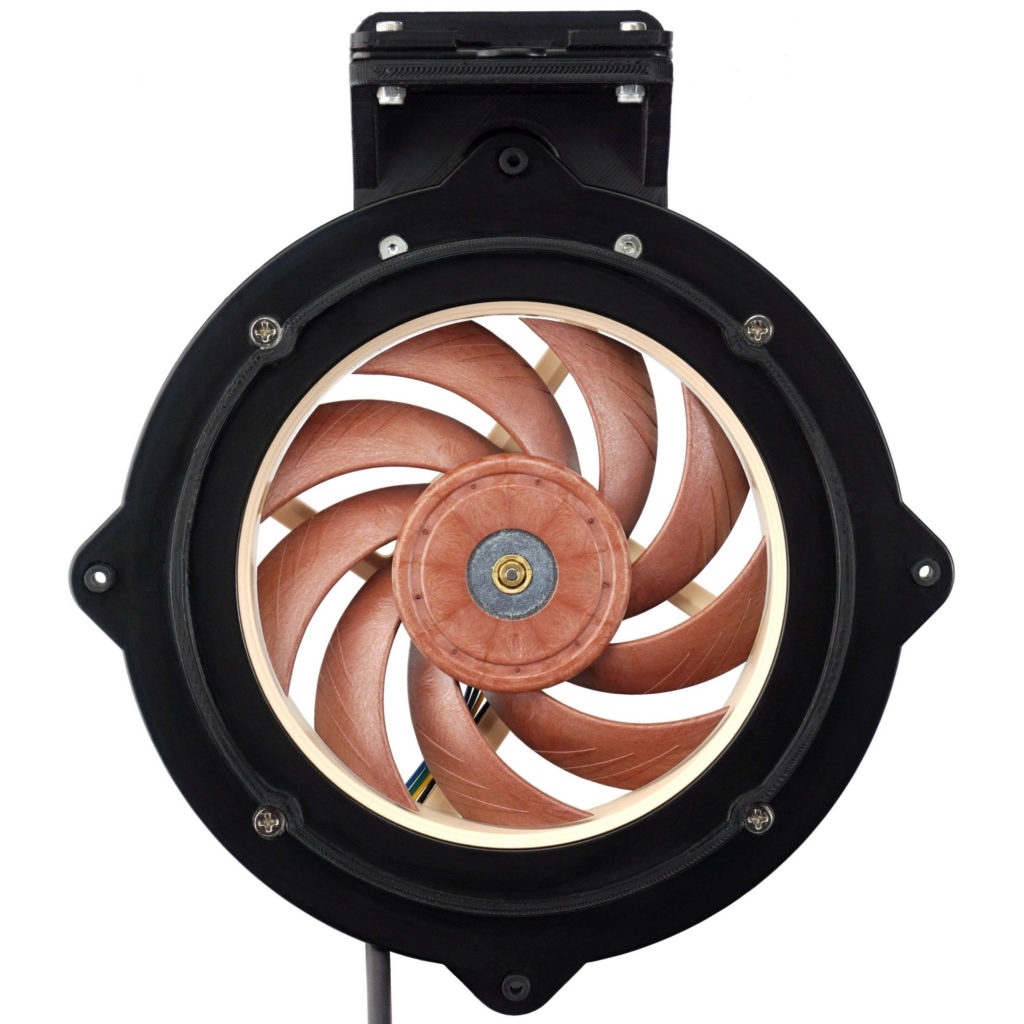
For correct and always equal pressure, the fans are always tightened with the same force with a torque screwdriver. If this were not the case, joints and clearances in the assembly could arise, in short, uneven conditions with undesirable distortion. For example, also for vibration measurement. On top of the fan mount there is also a bracket for the three-axis vibrometer sensor. The latter is magnetically attached via a steel insert, on which the sensor exerts a force of one kilogram and, thanks to the stop, is also always in the same place and in the same contact with the rest of the structure. These are the basics in terms of repeatability of measurements.
In order to capture the intensity at the highest possible resolution, the tray of the holder cannot be too heavy and at the same time it must be strong enough not to twist. This would again cause various distortions. Therefore, we used a hard (H19) aluminium (AL99.5) plate for the construction of the holder, whose weight is just enough so that free movement is not significantly restricted.
To achieve the finest possible resolution for vibration measurement, soft rubber inserts are provided in the mounting holes through which the bracket is installed to the tunnel. And just behind these inserts are silent blocks with a very low hardness of 30 Shore. These are also used so that the vibrations of the fans don’t spread to the tunnel skeleton. If this were to happen, then for fans with more intense vibrations, this secondary noise component, which is not related to the aerodynamic sound of the fan, would also be reflected in the noise measurement results.
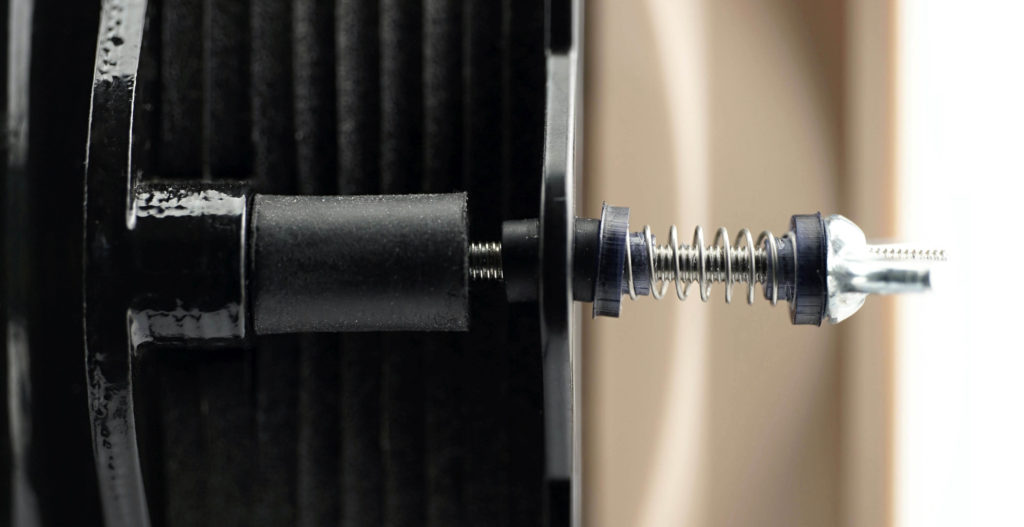
This is where it is good to have ideal conditions, even though they are unattainable in practice, because fan vibrations will always be transmitted to the case skeleton to some degree. But each cabinet will react differently to them, or rather the final noise level will depend on a number of factors, starting with the materials used. Therefore, it is a good idea to filter out this extra noise component in tests and in practice take into account the measured vibration intensities. The higher these vibrations are, the higher the noise addition has to be taken into account.
The silent blocks are naturally formatted to offset the bracket a bit from the rest of the tunnel, otherwise they wouldn’t make sense. This creates a gap that is sealed across the entire surface with a soft foam seal with closed cell structure (i.e., it’s airtight).
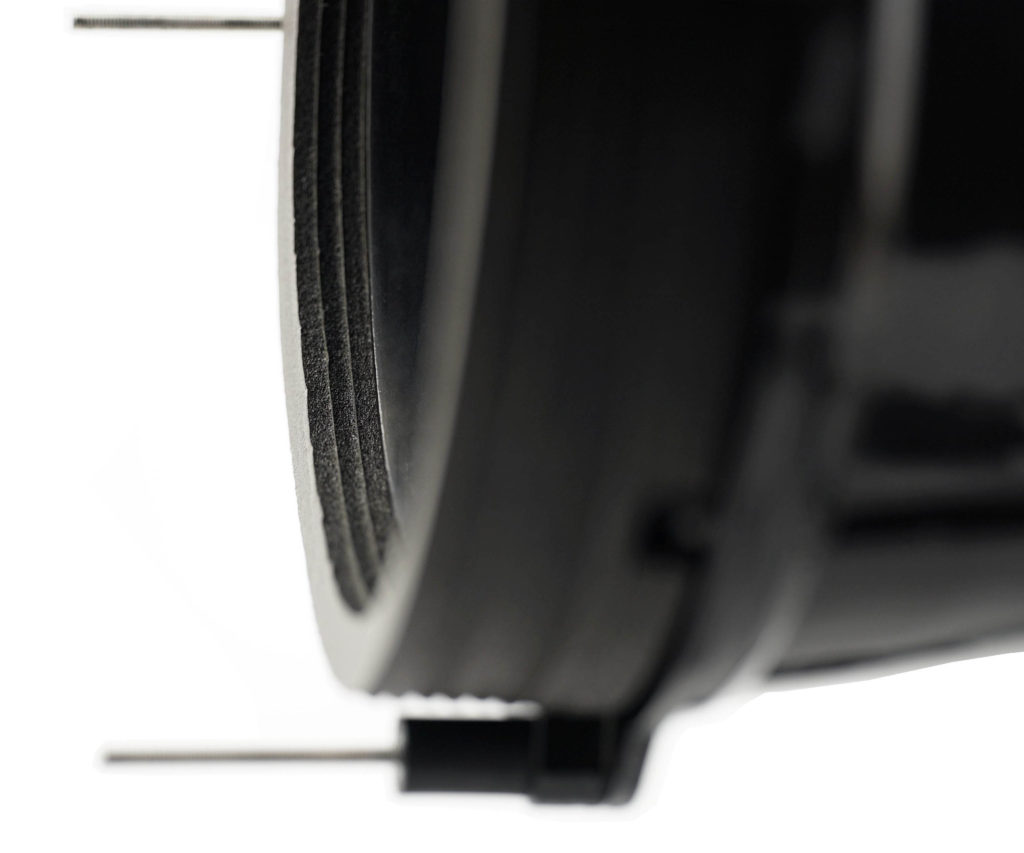
To properly center the fan rotor in relation to the other elements, the bracket includes a protruding frame that follows the inner contour of the seal. And to make matters even more complicated, the frame with the tested fan is pressed against this seal by a small force of compression springs, which in turn is set with the highest possible resolution for vibration measurement in mind and at the same time so that sufficient pressure is generated to maintain a flawless seal.
Vibration is measured with a Landtek VM-6380 vibration meter. It records the vibration speed (in mm) per second in all axes (X, Y, Z). For quick orientation, we calculate a 3D vector from the measured values and graph the “total” vibration intensity. But you can also find your results if you are only interested in a specific axis.
The most complicated part of the tunnel is behind us, and we’ll move on in the next chapter. But we will still stay at the beginning of the tunnel, we will just turn to the peripheries on the sides.
- Contents
- Fractal Design Silent R3 140 mm in detail
- Overview of manufacturer specifications
- Basis of the methodology, the wind tunnel
- Mounting and vibration measurement
- Initial warm-up and speed recording
- Base 6 equal noise levels…
- ...and sound color (frequency characteristic)
- Static pressure measurement…
- … and airflow
- Everything changes with obstacles
- How we measure power draw and motor power
- Measuring the intensity (and power draw) of lighting
- Results: Speed
- Results: Airlow w/o obstacles
- Results: Airflow through a nylon filter
- Results: Airflow through a plastic filter
- Results: Airflow through a hexagonal grille
- Results: Airflow through a thinner radiator
- Results: Airflow through a thicker radiator
- Results: Static pressure w/o obstacles
- Results: Static pressure through a nylon filter
- Results: Static pressure through a plastic filter
- Results: Static pressure through a hexagonal grille
- Results: Static pressure through a thinner radiator
- Results: Static pressure through a thicker radiator
- Results: Static pressure, efficiency by orientation
- Reality vs. specifications
- Results: Frequency response of sound w/o obstacles
- Results: Frequency response of sound with a dust filter
- Results: Frequency response of sound with a hexagonal grille
- Results: Frequency response of sound with a radiator
- Results: Vibration, in total (3D vector length)
- Results: Vibration, X-axis
- Results: Vibration, Y-axis
- Results: Vibration, Z-axis
- Results: Power draw (and motor power)
- Results: Cooling performance per watt, airflow
- Results: Cooling performance per watt, static pressure
- Airflow per euro
- Static pressure per euro
- Results: Lighting – LED luminance and power draw
- Results: LED to motor power draw ratio
- Evaluation





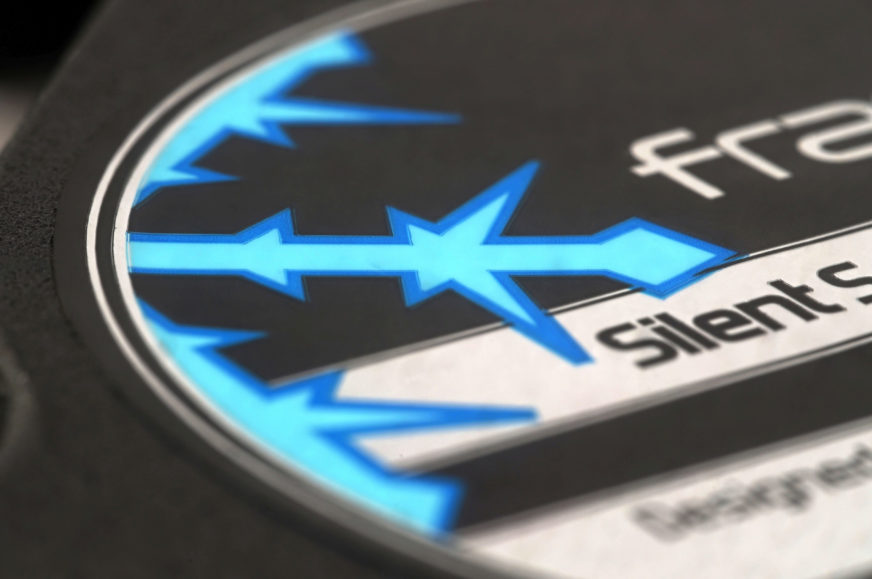
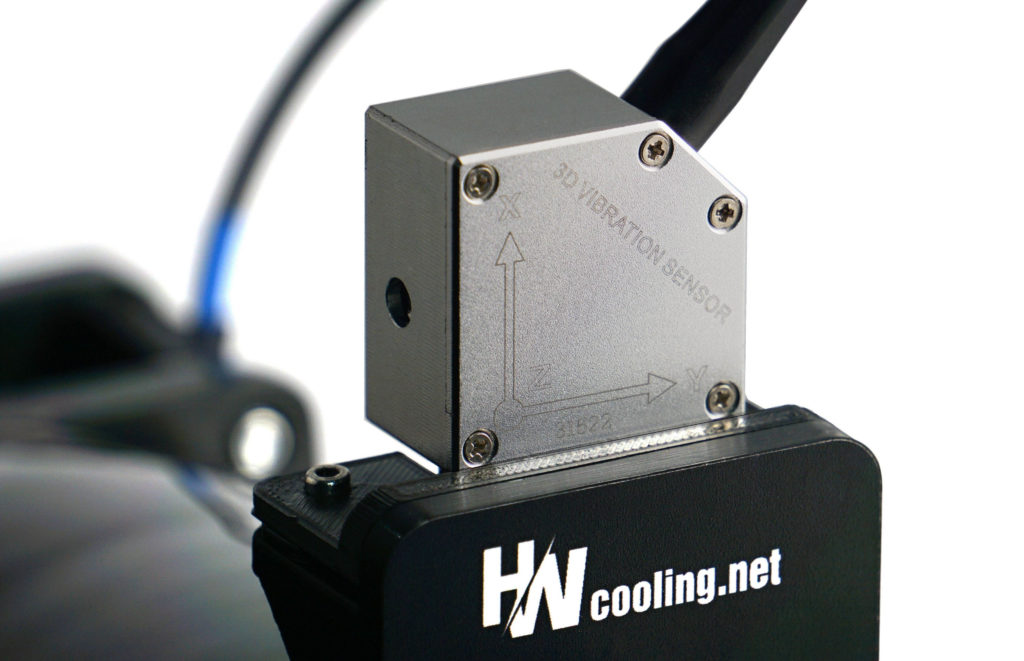


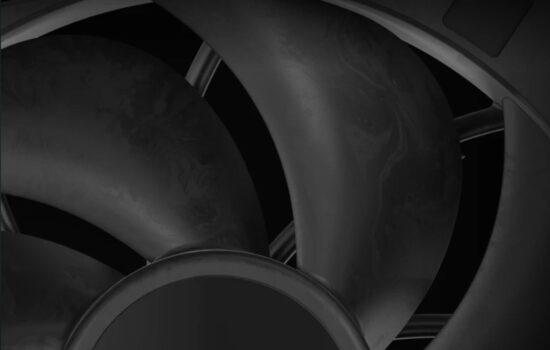



I think the R3 series were released in 2016, which aren’t too old all things considered. The lack of PWM control and low top speed probably makes them look more dated than they really are.
I had experience with the even older R2 models (included with the Node 304 case) which I couldn’t recall being noisy either, those I believe were released back in 2012 (and is still included in older case designs!)
Maybe a little earlier? On TPU there is a message about the release of Silent R3 fans from February 2015. But the NH-D15 is still a year older, even though it may not look like that, which is probably because it still has no successor and at the same time the cooler is still on the top? Personally, I also consider NF-A15 fans to be dinosaurs and Noctua desperately needs a refresh in this format, which we are so looking forward to. 🙂
Although 3-pin fans seem to be a bit outdated from a desktop point of view, I suppose from time to time some new models will appear with DC control. These can probably be made a bit cheaper… as they don’t need the PWM IC.
Don’t you remember how the R2 (we probably won’t test those anymore :)) were with motor noise? Also above standard silent, not rattling? It is possible that FD started to “neglect” fans in this respect only from Dynamic models onwards, then it went even harder with Prismas, where it was apparently (also based on user feedback) such a failure that with Aspects, there was no saving in this respect again. Their motor does not rattle, at least with the 140mm PWM variant. But perhaps this could be a common feature across all variants (of Aspects).
To be honest I have only had very limited time with the Node 304 (and the three Silent R2 fans, two 92 mm and one 140), so don’t fully trust my words. I remember not being able to hear the PC running at all when I first turned it on though (my ears were held somewhere close to the middle of the case with panels closed, not near the fans). I think there were 2-3 fan speed settings that could be toggled at the back of the case, where the highest setting is barely noticeable and the lower settings basically inaudible. Anandtech and Silent PC Review both praised the Node 304 for its silence (which is why I chose the case in the first place) so it’s very possible that the fans indeed do not emit annoying noises.
It is good to see the seperated results of 140mm and 120mm.
It seems that Silent R3 can be summarized as, low efficiency, low max performance and low noise. Actually, I don’t like this type of fans, because the feature of ‘3L’ really doesn’t offer any meaningful merits.
But still, if the comparison is only set as stock fans of a case, Fractal’s fans can be regarded as decent fans. They have silent driving noise and good build quality.
I understand and I also find it hard to find any advantages on fans with lower maximum speeds. Especially if it’s a comparison with models that have high (and noisy top speeds) rpm, but at the same time have a very wide range, so they can be slowed down considerably. But maybe we are looking at it from the point of view of users who like to adapt and tune things? For those who don’t get excited about this and just want to plug and play, maybe the advantage of low-maximum-speed fans is that the operation will never be too noisy, regardless of how the motherboard has the default speed curve set? If it has an aggressive curve, then liquid coolers with typically high speed fans (even with 2250+ rpm) are quite inefficient, as the cooling performance does not scale much with the higher than standard airflow.
DC fans with lower max. speeds can find good application in devices without the possibility of regulation. In such, which are powered from a single, 12 V branch, similar to, for example, 24 V 3D printers? But again, in modern desktops, with wide possibilities of adaptation and control by linear voltage, I also don’t see it as something to go for. Most of the boards also have, moreover, something like a “silent” mode with reduced PWM duty cycle and perhaps a fixed voltage in the default settings for speed control of the system headers, as long as there are DC-only models.
Usability of low speed fans are these nowadays almost oldschool switchable fan controllers on cases which used to be rather standard 5-10 years ago. They usually have just two or three speeds to choose and with fast fans it just works bad – too much difference between modes and usually all too loud.
Case manufacturers want to satisfy the needs of a wider range of users while reducing costs to an appropriate level. I think this is why manufacturers include this type of fans on their cases. Of course, I understand the point of view of users who aren’t interested in moding(even including entering to UEFI) and some applications(i.e. a water purifier) that need a low airflow without any control.
Personally, I hope case manufacturers release some cases without any stock fans or with fans(such as Arctic P12) which have a high efficiency and low max performance. Of course, the commercial potential of such products is not so great, so I think it is unlikely that they will appear on the market.